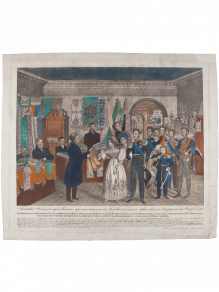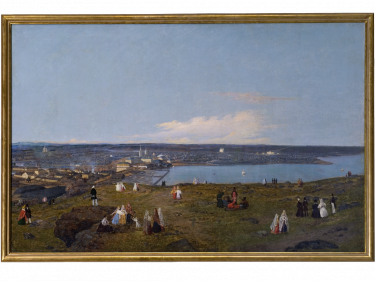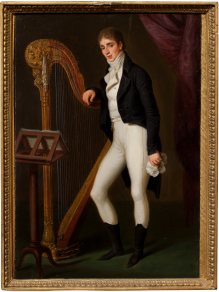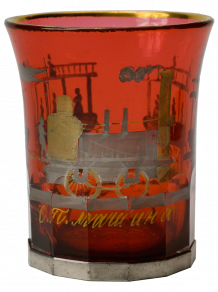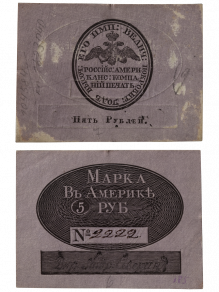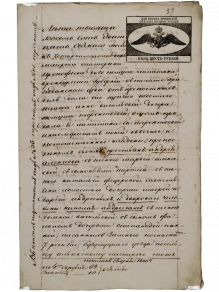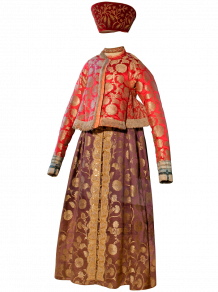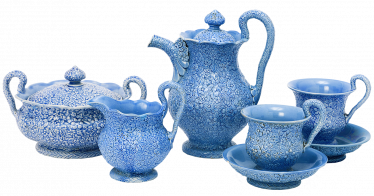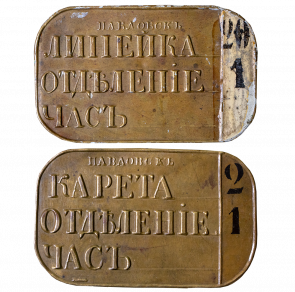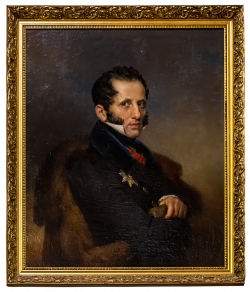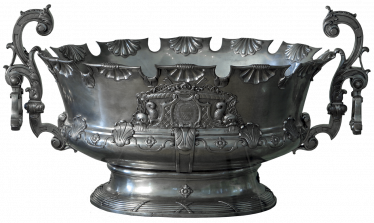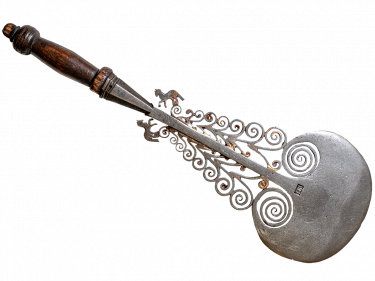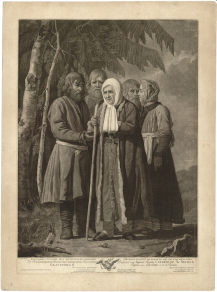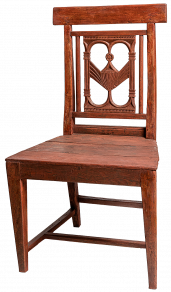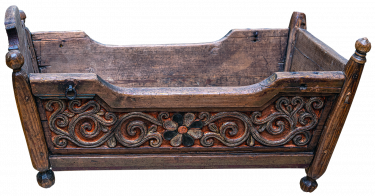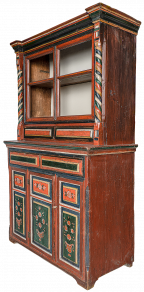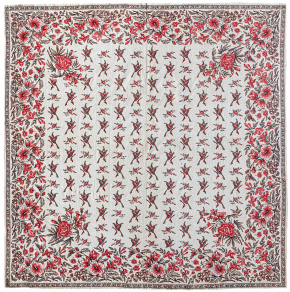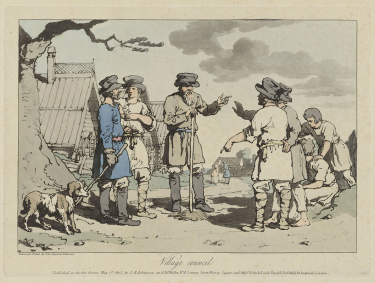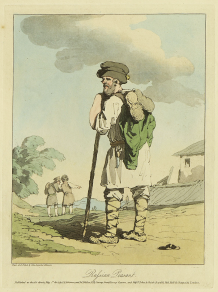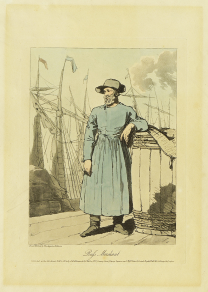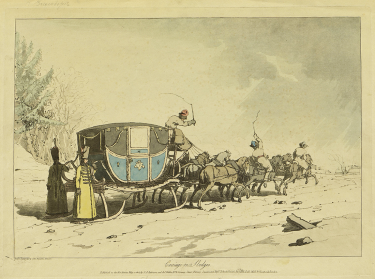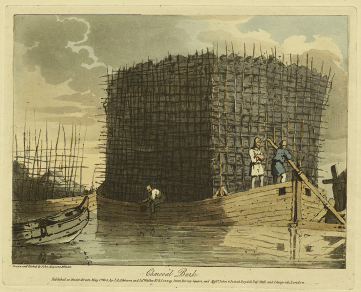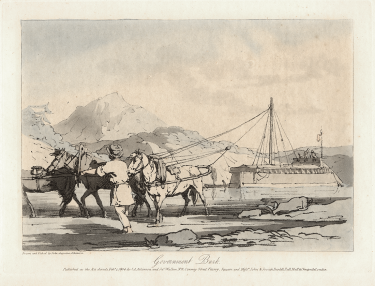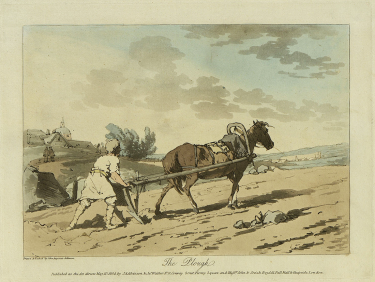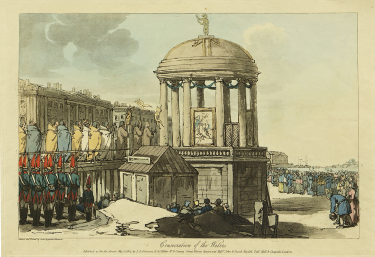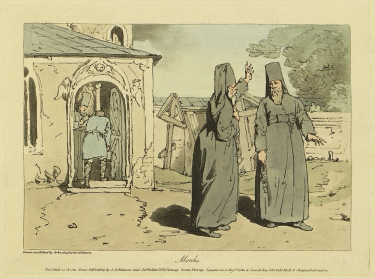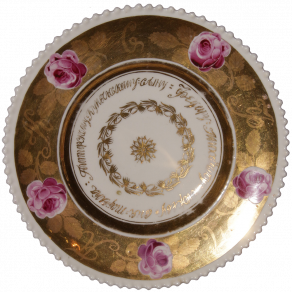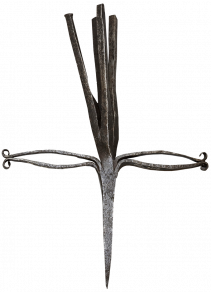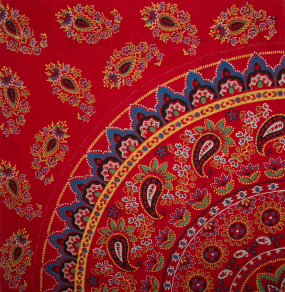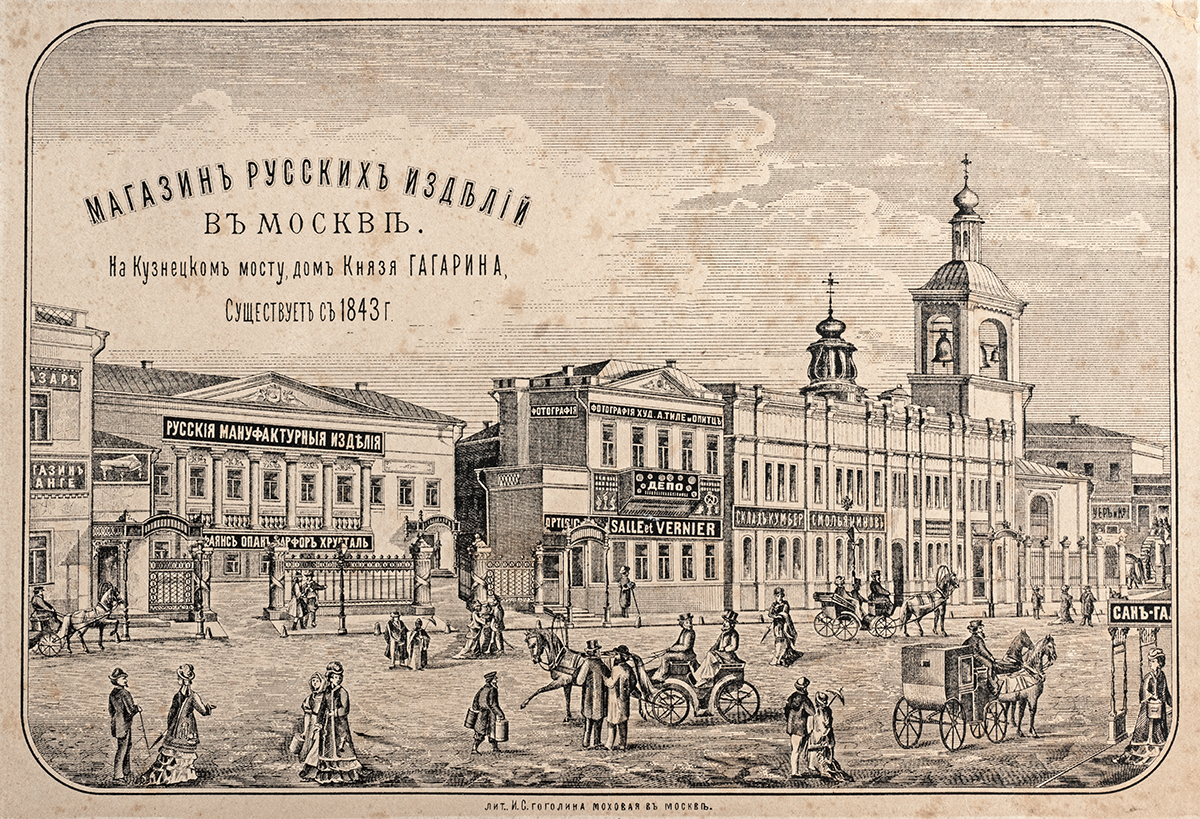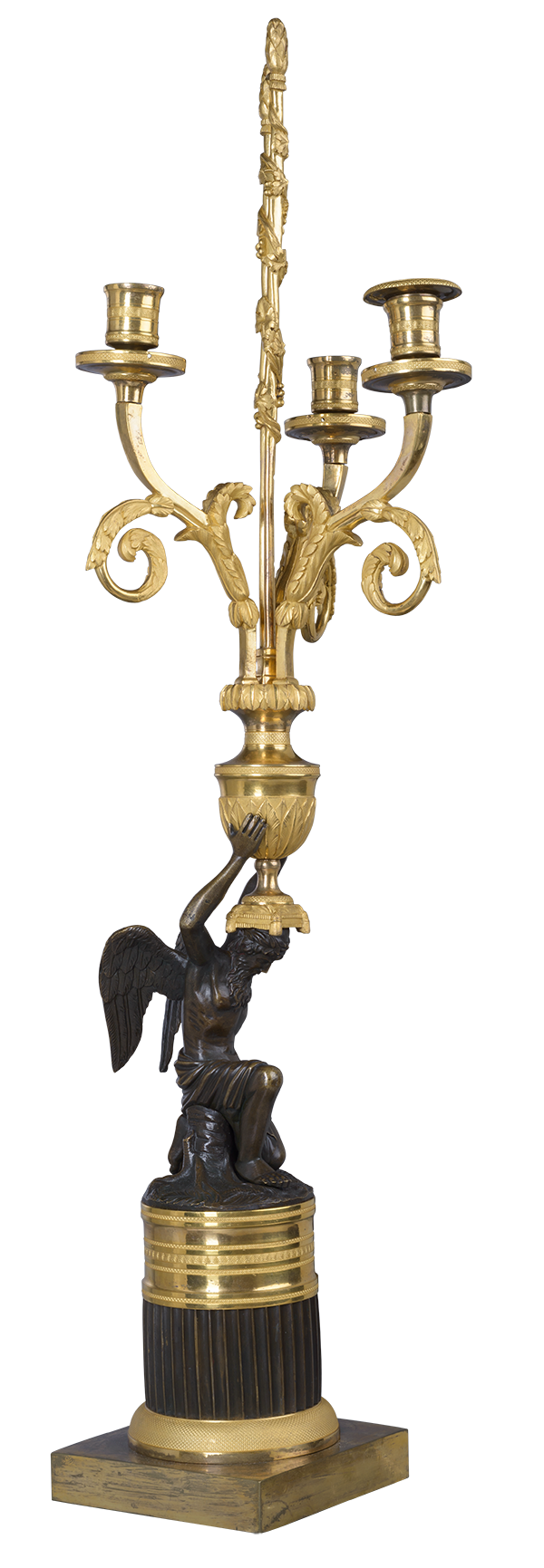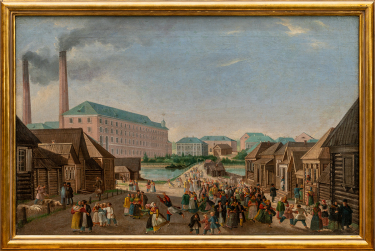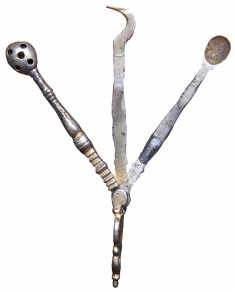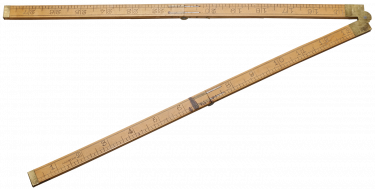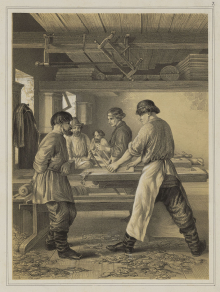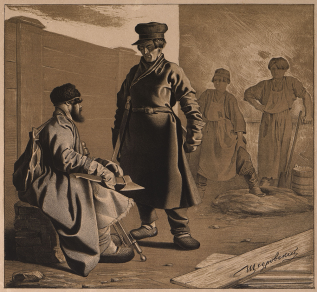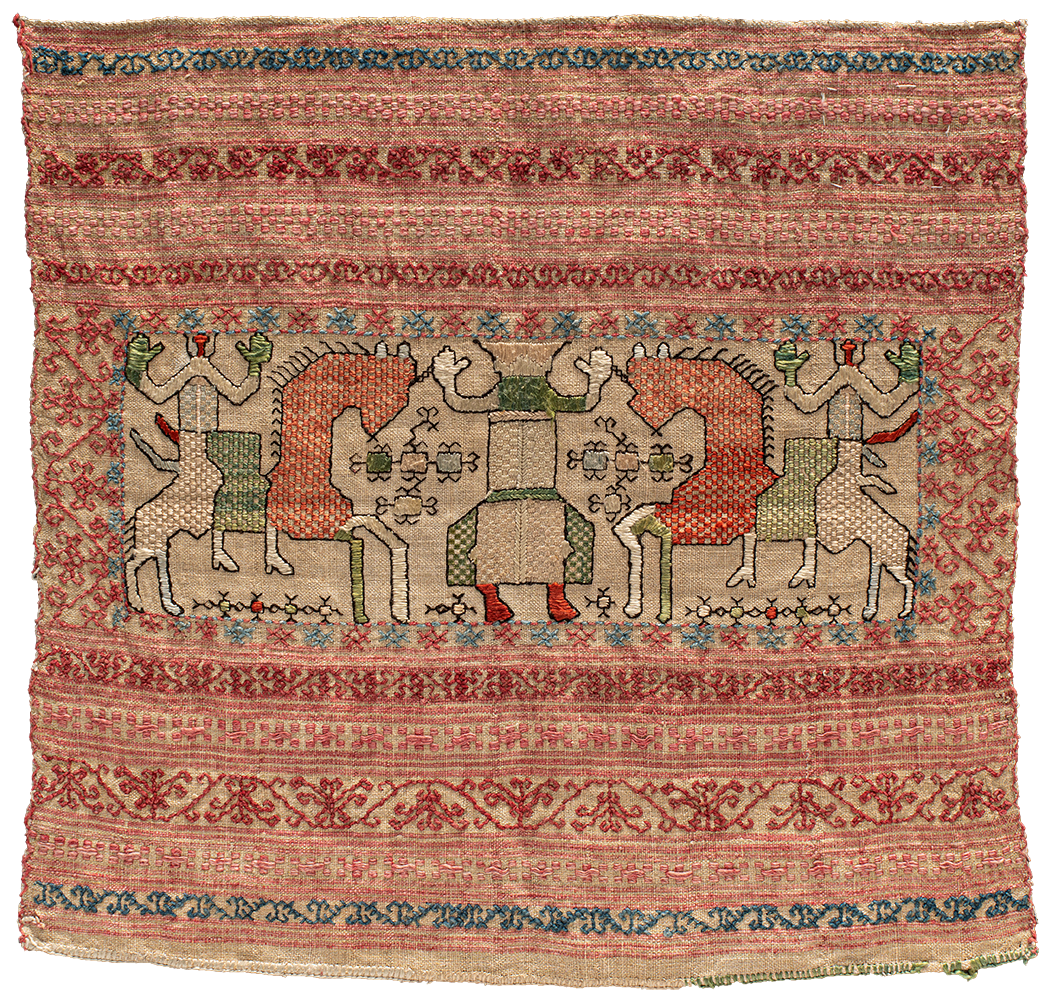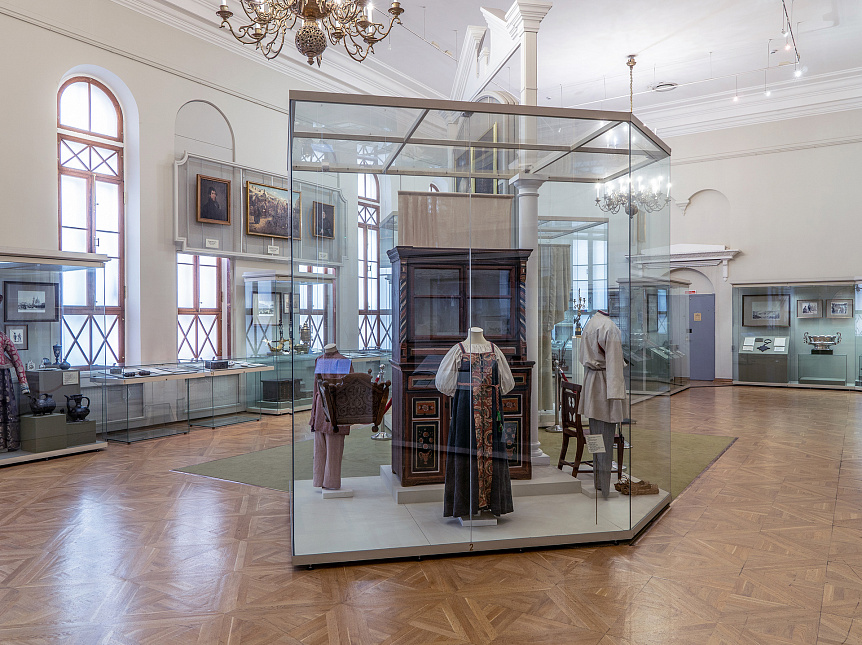Estates and economy of Russian Empire in the 18th first half of the 19th century

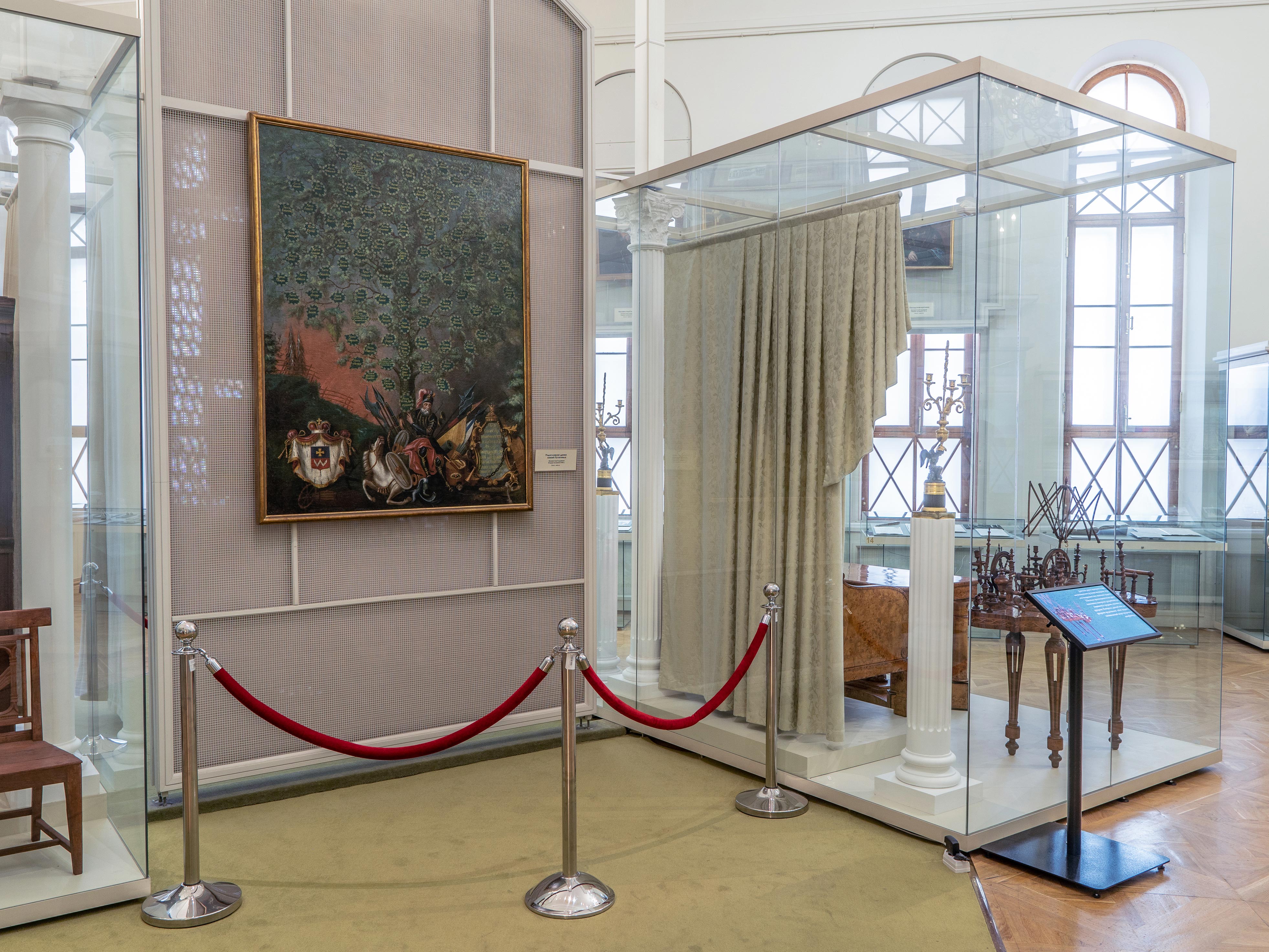
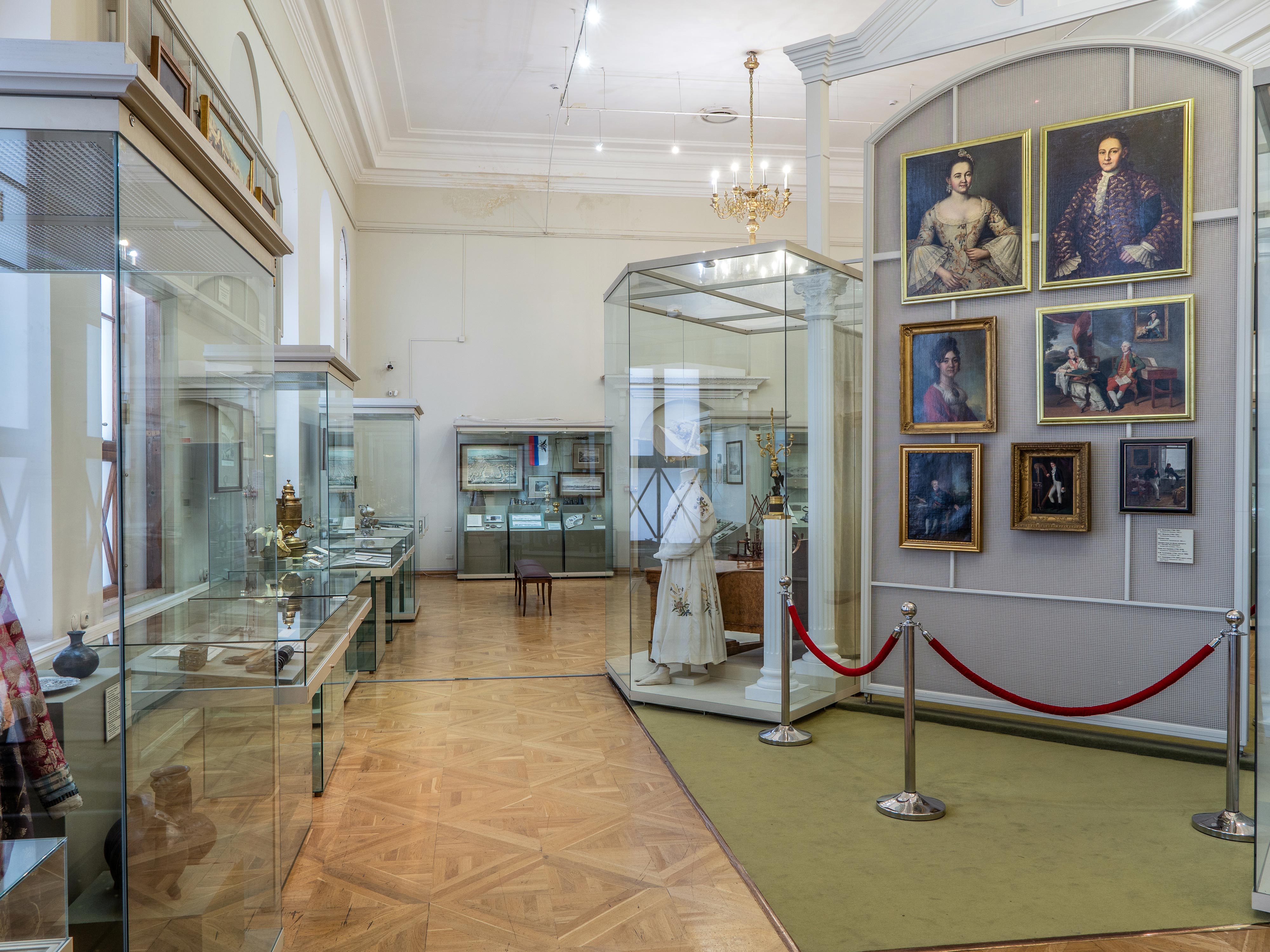
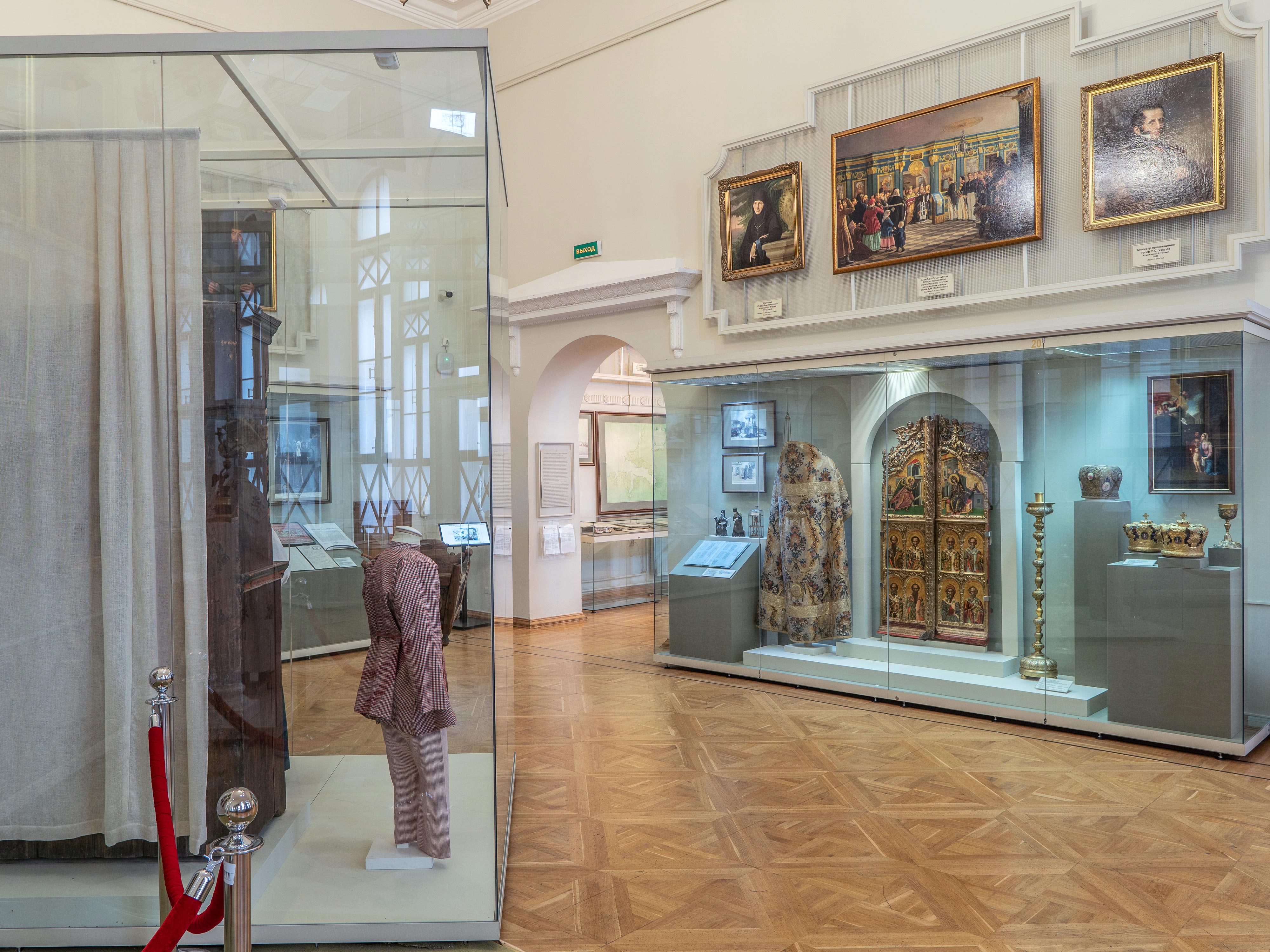
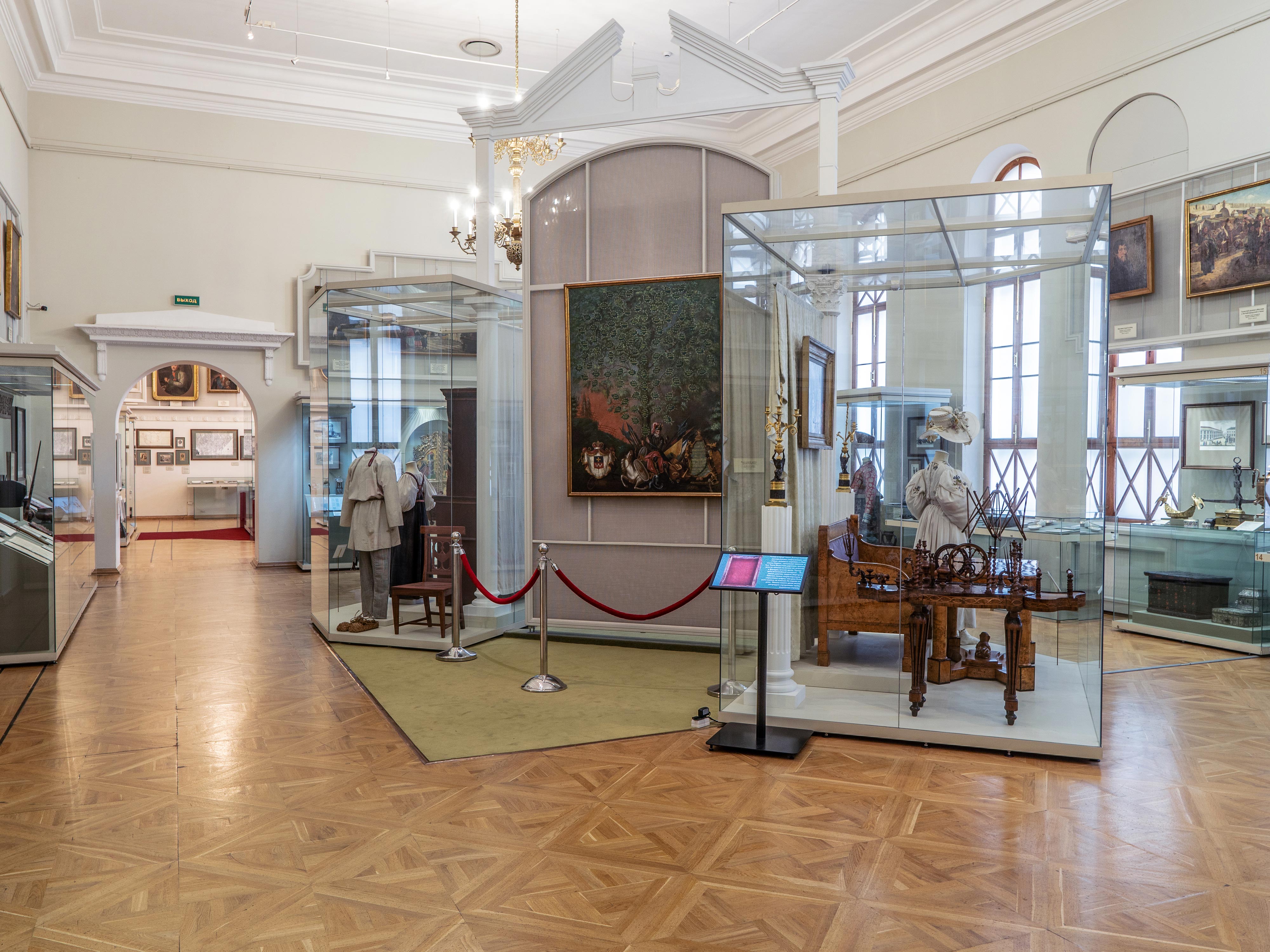
In the first quarter of the XVIII Century besides the traditional centers of metallurgy (Tula, Olonets and others) a new one began to develop, the one that determined the country's industry – the Urals mining district. Russia gained the first place in the world for smelting of iron. The abolition of domestic customs duties had significantly enlarged the domestic market, which now included Belarus, Ukraine, the Black Sea and Azov Sea regions, Kuban and Crimea. Trade fairs were set at the intersections of trade routes. In the 1770s there were 1600 of them, but the most famous was the Makariev (later Nizhny Novgorod) fair, which annually attracted piles of goods from all over the Empire and foreign countries. Export of Russian goods significantly exceeded imports, and its structure has changed – besides bread, flax, furs, hemp and timber, export of metals became increasingly important. On August 10, 1762 was issued a Manifesto on the freedom of trade and economic activities.
For a long time, the weak point in the Russian economy were the roads. In the XVIII and the first half XIX Century the main flow of goods within the country was by river. Where there were no navigable rivers, cargo and passengers were transported on unpaved roads. A trip across the Russian off-road could have taken long-long weeks and sometimes even months. The situation started to change with the beginning of construction of the rail-roads. The first "entertainment" rail-road was built in 1836–1837 between St. Petersburg and Tsarskoye Selo and later it was extended to Pavlovsk.
Rights, duties and privileges of particular classes and class groups were legally secured in Russia in the second half of the XVIII Century. The country finally received a class system. The most numerous estate/class was the Peasantry with over 30 million people, half of whom were state owned peasants. They paid taxes and were subject to recruitment, but, in comparison with the serfs – peasants of the landlords, – they were much better off, freer and had owned more land. The number of serfs ("manor peasants ") approached the number of 14 million. They were divided into arable and yard. The first worked on the soil, worked off a landlord corvee and paid physical and monetary dues; the second were in the personal service of a noble family and worked at manor workshops. The serfs were totally dependent on the owner. Until the beginning of the XIX Century selling peasants was quite usual.
In the second half of the XVIII Century many landlords would often prefer quitrent to corvee. Considering especially the regions of “nechernozemia” (non-black soil) did not indulge by high yields. The need to pay state taxes and the need of the landlords in cash forced the serfs to flee to cities for work and there they were engaged in trade or seasonal work crafts: carpenters, joiners, construction workers, carting, etc. Many of them would have hire out in workshops or factories. The village experienced slow, but steady property stratification of peasantry and generation of commodity relationships.
Quite often the serfs were allowed to switch to quitrent and they grew rich and even would opened factories of their own, still being completely dependent on the landlord. The enterprises of such peasants were legally considered to be a property of their masters. Farmers-entrepreneurs certainly tried to redeem themselves at will, in confirmation of which they received from the master “Volnaya” (letter of emancipation) and then were able join the trade and business community – “kupechestvo” a merchant class, who were liberated from some taxes and recruit. The wealthiest merchants (merchants of the First Guild) had a preferential right to lead large scale internal and external trade. The merchants of the Second Guild had privileges in large domestic trade, and the Third Guild – in small trade.
Until the mid-XIX Century the merchant class remained faithful to the traditional way of life that goes back even to the pre-Petrine times. Many of merchants didn't shave their beards, wore old style long clothes. However even in the XVIII Century, among the wealthiest merchants grew number of educated entrepreneurs who preferred the European way of life and were seeking to imitate the nobility. A large part of these merchants even achieved the transition to the title of nobility as, for example, a large entrepreneur A.R.Batashev. Only by the middle of XIX Century the merchants gradually came to understanding of the social significance of their class, which contributed to creation of strong merchant dynasties, such as Botkins, Shchukins and others.
The unprivileged population of the cities was petty “meschanstvo” (townspeople) – small traders, craftsmen, handicraftsmen and hired workers. Burghers were imposed to high taxes, supplied recruits to army and were not exempted from corporal punishments.
